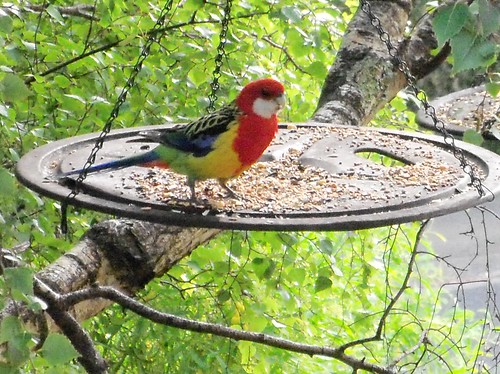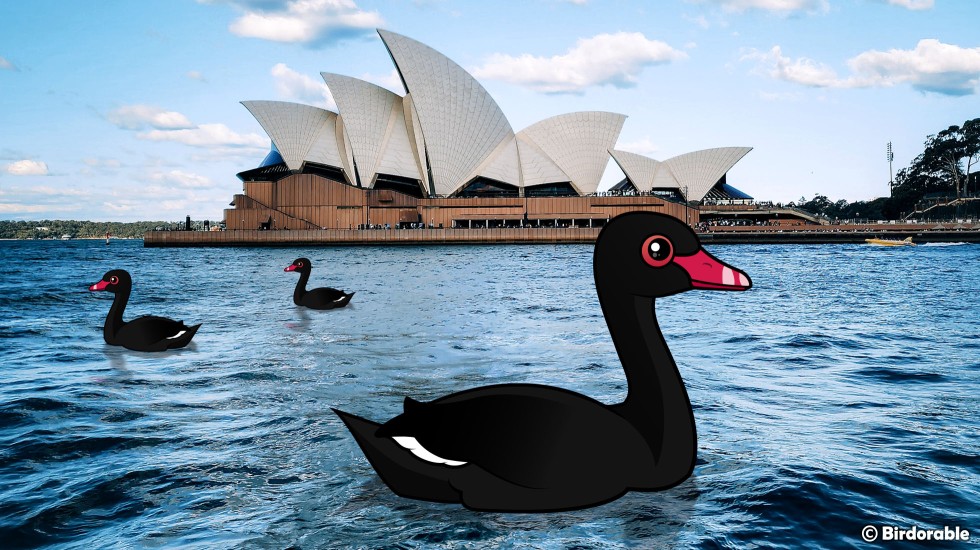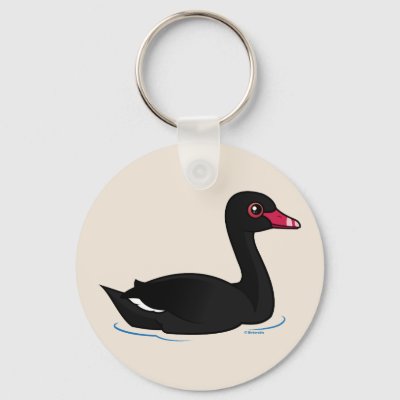A recent study published in the journal Biology Letters documents how Sulphur‑crested Cockatoos in western Sydney, Australia, have developed a novel behavior: operating twist-handle public drinking fountains (“bubblers”) by gripping and turning the valve with their feet to access water. Researchers observed this behavior in an area that serves as a nighttime roost for approximately 100–150 birds.
Using remote video cameras, birds were recorded making 525 drinking attempts during the 44-day study, with around 70 % of the local cockatoo population participating; the birds achieved a 41 % success rate. The cockatoos showed remarkably organized “queuing” behavior (lining up and taking turns) when using the fountains as a group.
The researchers describe this as an urban-adapted local tradition, a cultural behavior that has socially diffused throughout the local flock. The study underscores how highly intelligent, opportunistic species like cockatoos adapt to and exploit human environments.
Scientists invite public participation through citizen science platforms like the Big City Birds app to document further novel behaviors. Anecdotal reports include cockatoos opening lunch boxes and knocking on classroom windows for food, highlighting their remarkable problem-solving capabilities and adaptability. Read more about these smart cockatoos and the study here: Cockatoos stun by learning human-like trick.
























